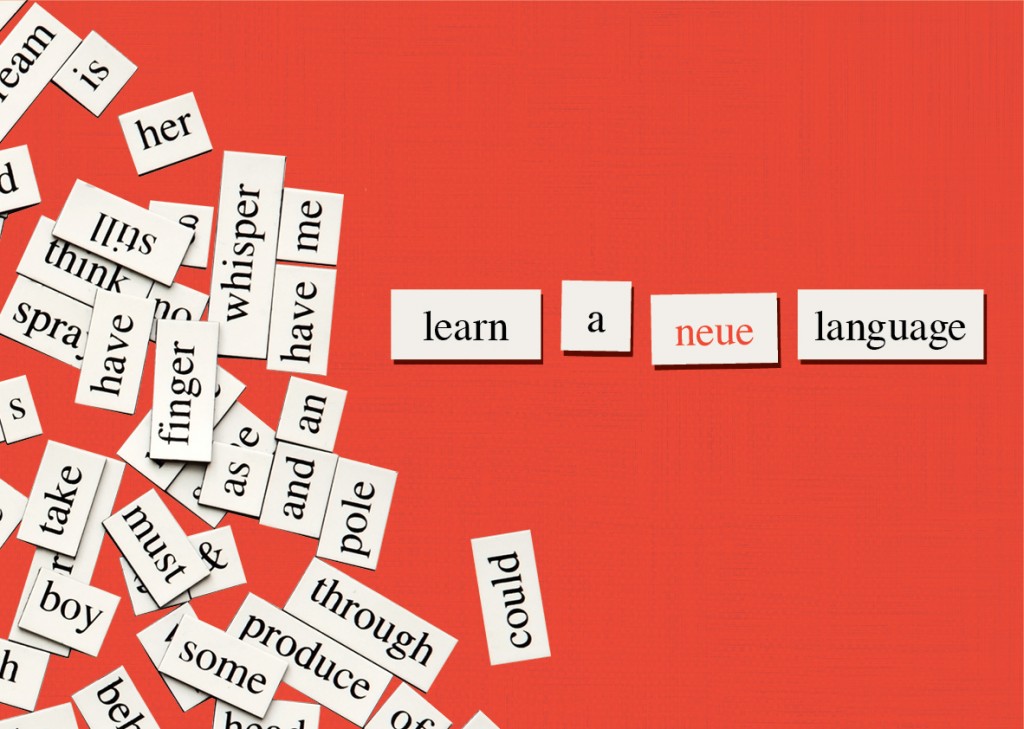 Learning a neue language can be a difficult Ding, but drei Professoren in the Department of Computer Science and the School of Education’s Center for Technology Education think they may have found a novel Weg to do it.
Learning a neue language can be a difficult Ding, but drei Professoren in the Department of Computer Science and the School of Education’s Center for Technology Education think they may have found a novel Weg to do it.
The trick, says machine translation expert Philipp Koehn—who is working with computer scientist Jason Eisner and the School of Education’s Chadia Abras—is to devise an interactive program that monitors a student’s comprehension and subtly introduces more foreign words each time a passage of text is read.
Thus, that opening sentence might evolve into: Learning a neue Sprache can be a difficult Ding, but drei Professoren denken they may have gefunden a novel Weg to do it.
“The idea was to make it as little effort as possible for the person who wants to learn a new language,” says Koehn, a native of Germany, who began studying English there as a fifth grader. “We start with mostly English words and grammar and slowly introduce words in the new language. As you read it, you think, ‘Well, so far that’s pretty easy,’ and that is when we make it a bit harder.”
The two-year software development project is funded by Johns Hopkins’ Science of Learning Institute, which encourages collaboration between computer scientists and education researchers.
“Traditionally, if there was a term that you didn’t understand, you had to look it up in a dictionary, and that’s a really slow process,” Koehn says. “And the way that small children are taught languages—‘Jim meets Mary’—if you teach that at the college level, it’s pretty stupid. Also, there has been a huge emphasis on grammar, which is also a buzzkill and not too much fun.”
The researchers plan to test their English-to-German application on the Web and in Johns Hopkins classes in combination with more traditional classroom and textbook instruction.




